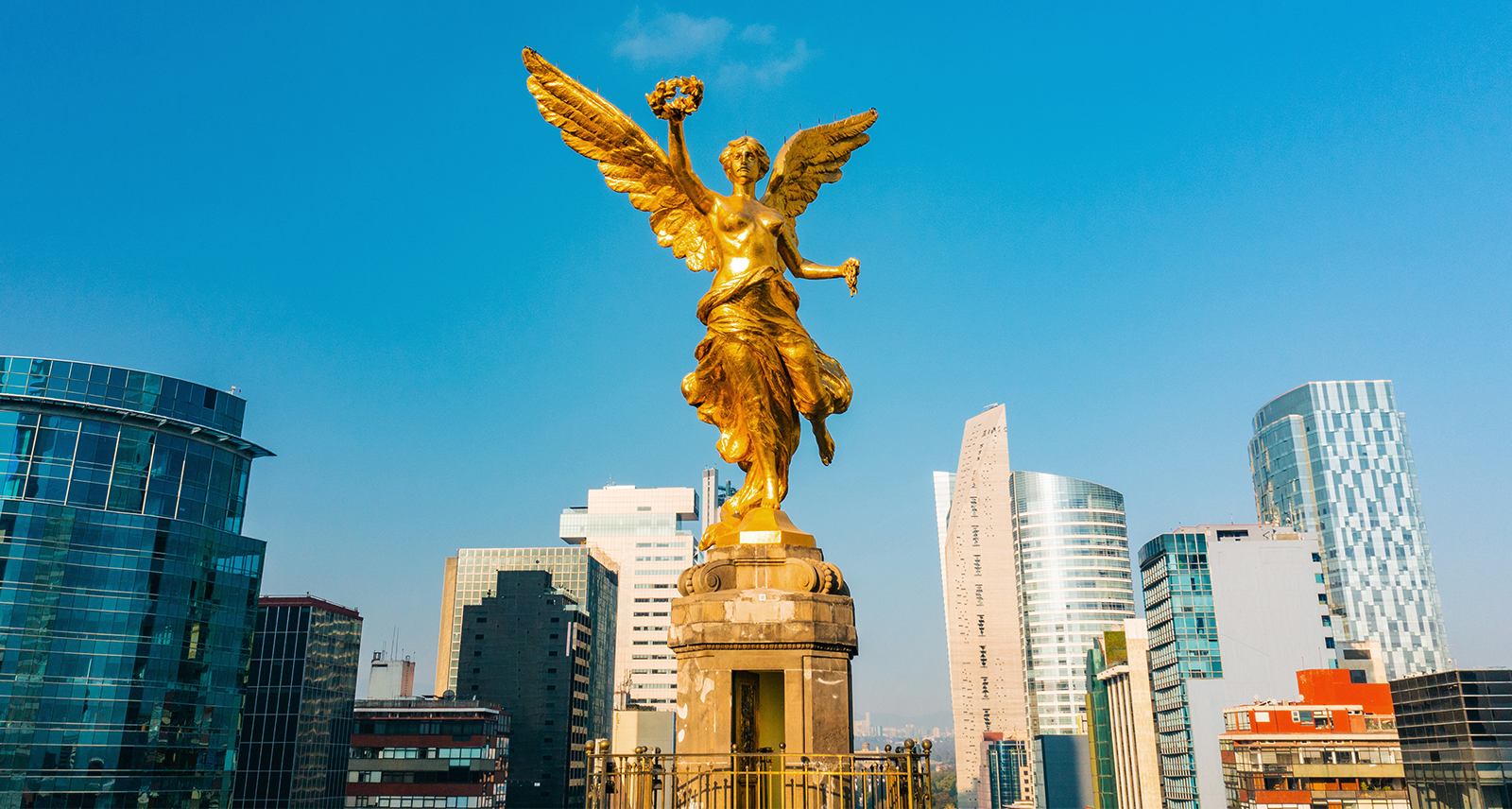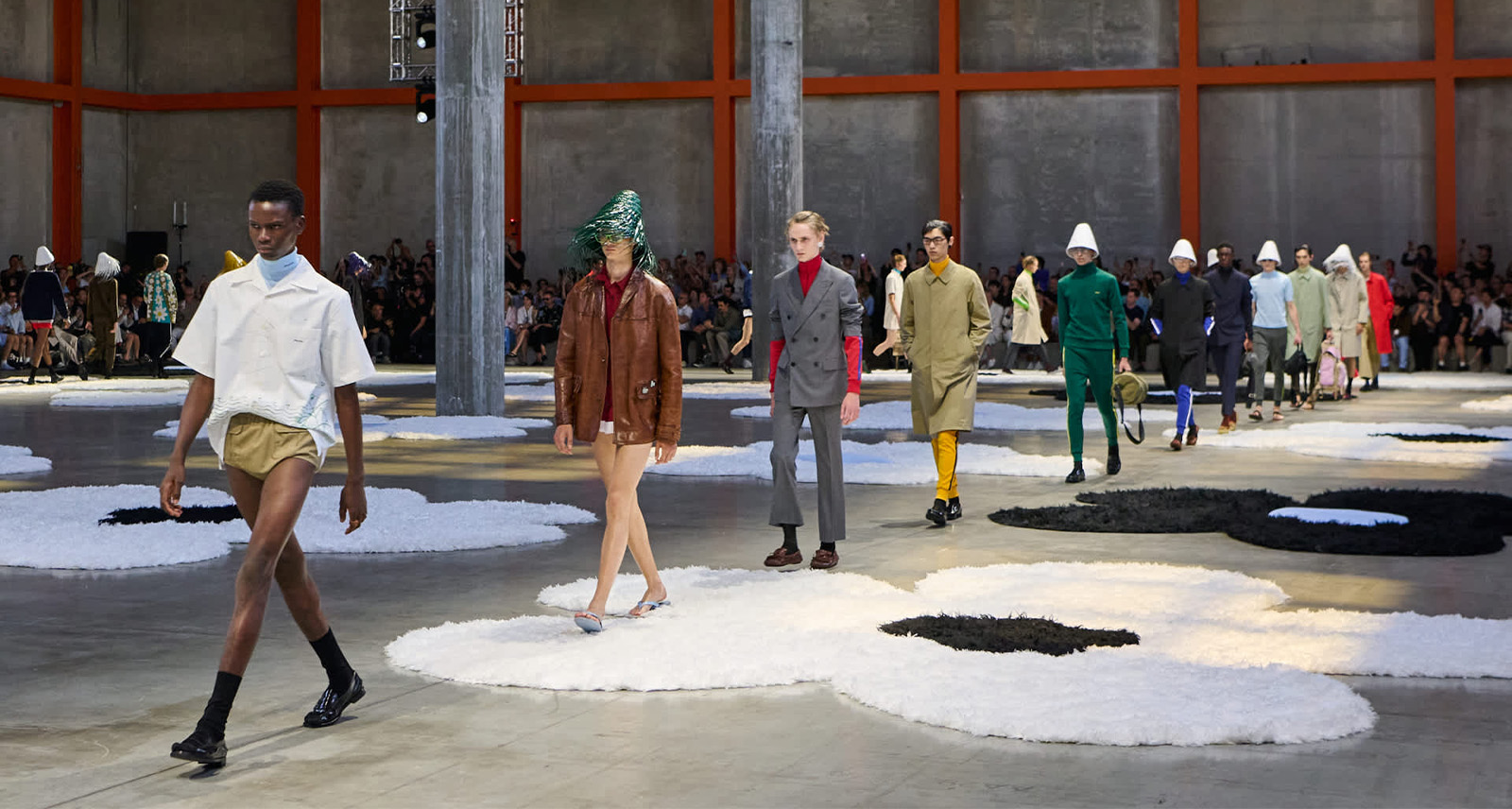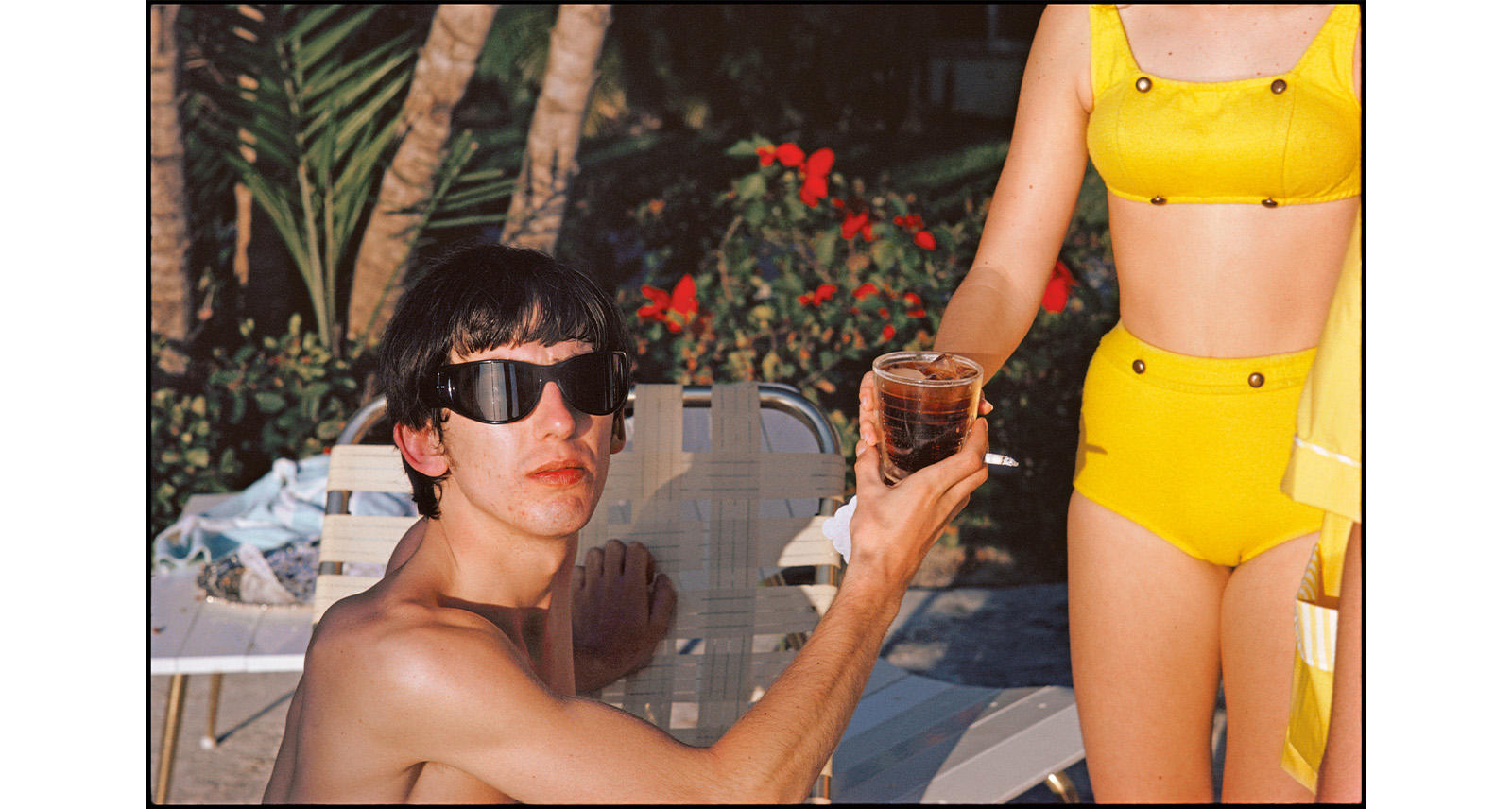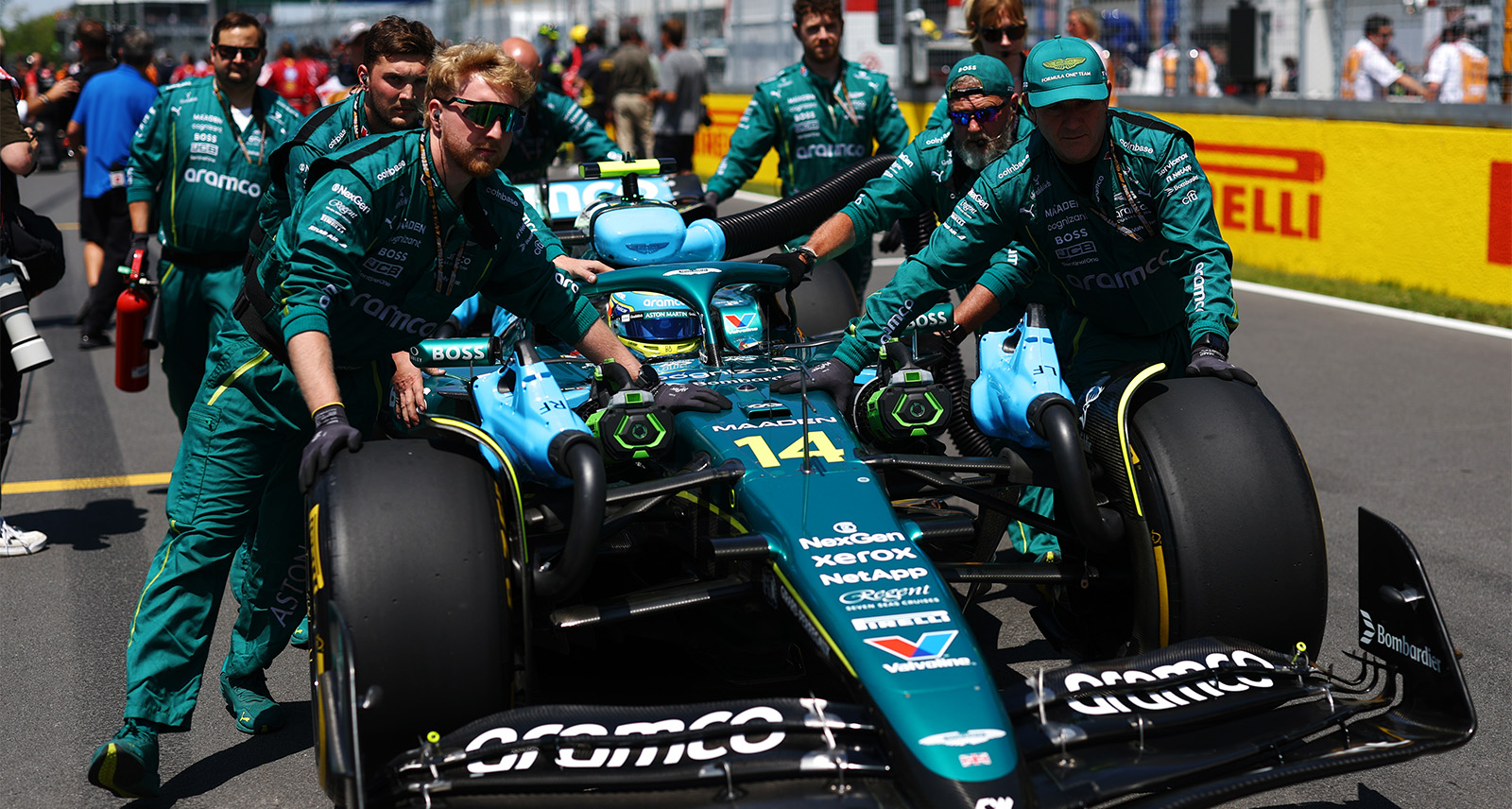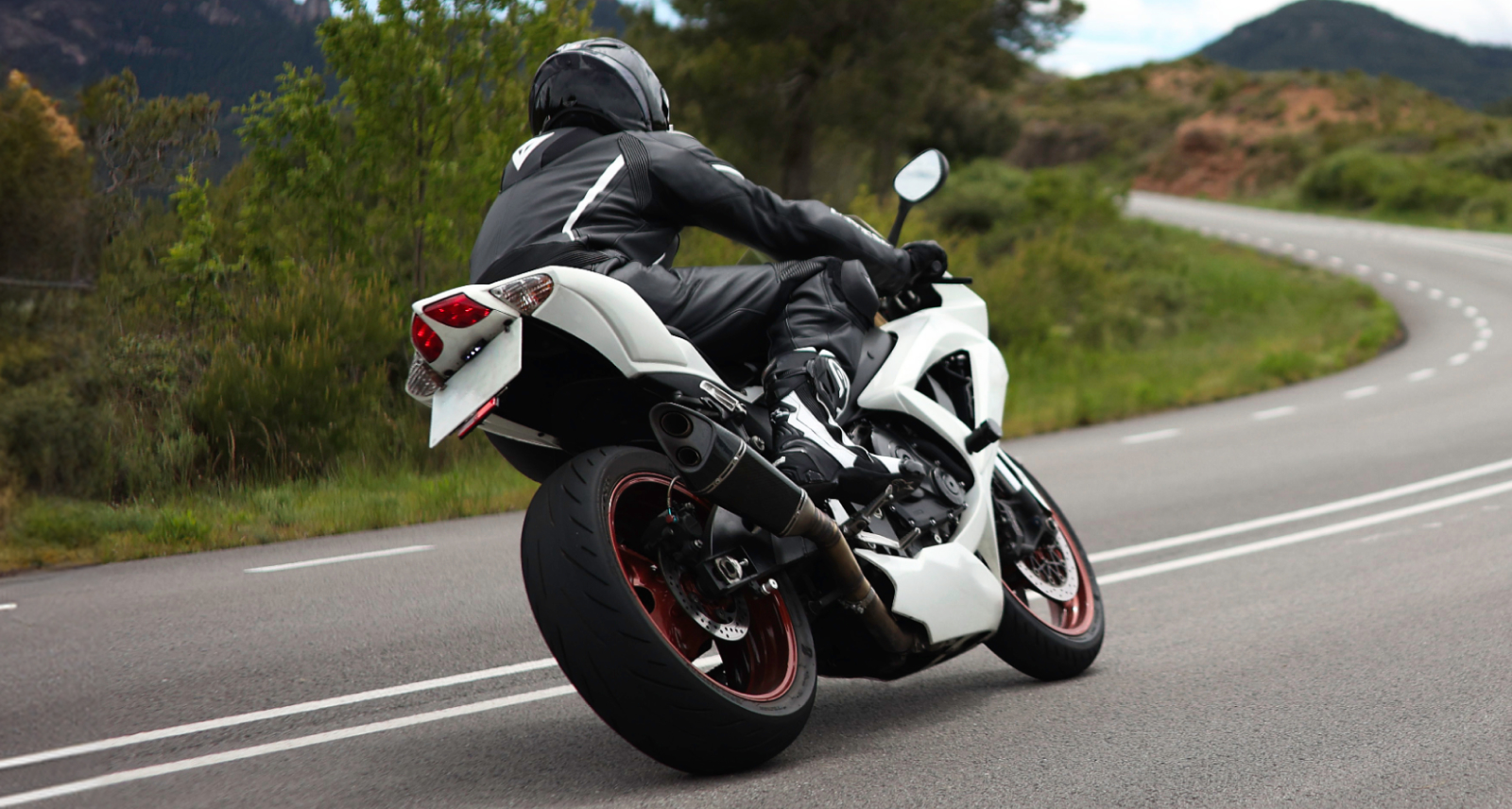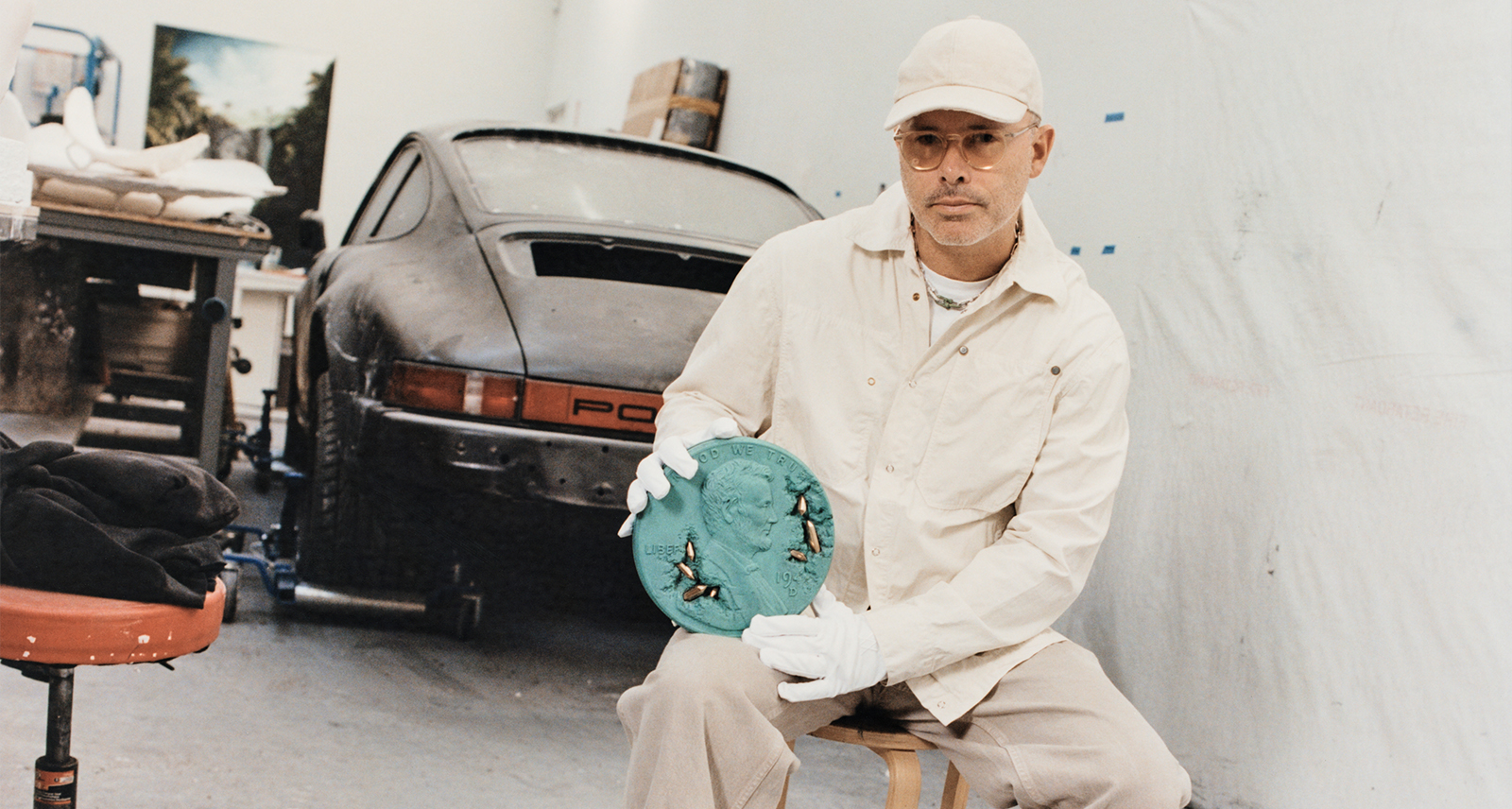SHARP Travels: Exploring Mexico City
Picture the most ornately florid platform boot that Bowie never wore during his Ziggy phase, because it’s too petite even for him. Crank its reds and greens with the borderless imagination and reckless bravura of a 5-year old who’s stuck inside with illness. Got all that? Now add a bow and bell. If you like that vision, you’re a Frida Kahlo fan without even knowing it. Frida’s taste in self-decoration was deeply influenced by pre-Columbian style.
Welcome to Mexico City, where cultures and tastes as different as chalk and charnel houses have crossed paths for centuries, blending, clashing, and blowing minds. This is one of Earth’s largest cities, so it’s wise to onboard experiences in micro-doses like Frida Kahlo’s Bowie boot. I always liked her many self-portraits but had no idea I loved her sense of footwear — even though she only had one foot.
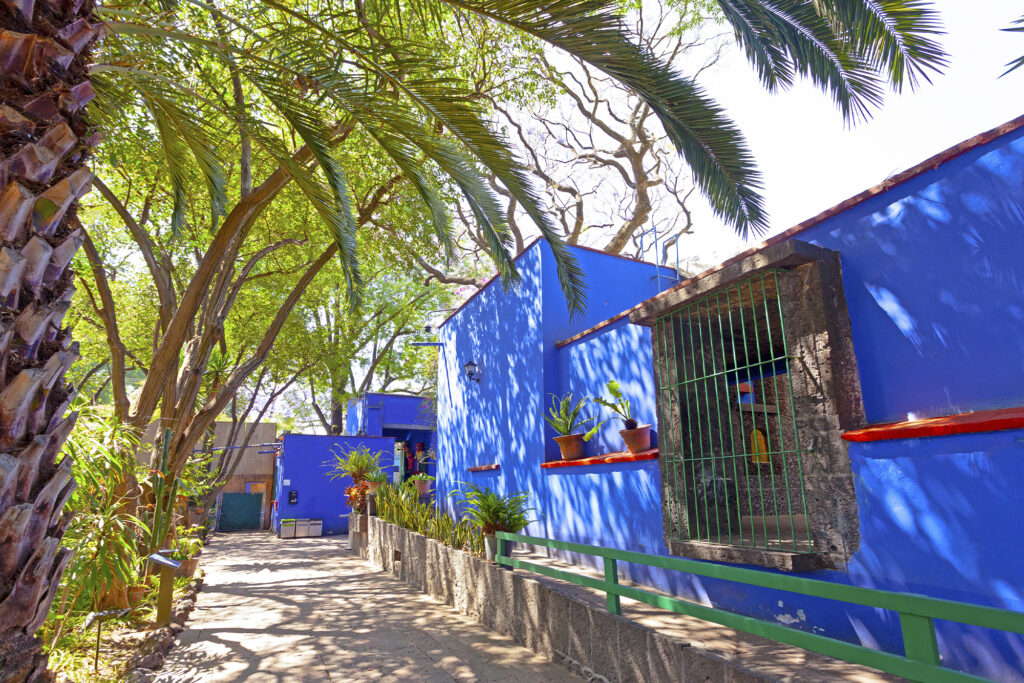
Whatever you’re into, you can get deeper into it in Mexico City, a dilettante’s paradise. First, though, learn to use ‘CDMX’ in your searches instead of clumsily thumbing ‘Mexico City’ all the time. CD is from the word ciudad, Spanish for city. (You’re probably already there on the MX.)
What Is CDMX Like?
Ever find yourself comparing destinations? Me too. We lived in Milan for a year and experienced profound déjà vu in CDMX. And no wonder: the thick air trapped by an encircling mountain range; magnificent 19th century edifices bravely battling the ubiquitous smog; the splinterized road-plan whose map looks more the beginning of a Kerplunk match than a grid.
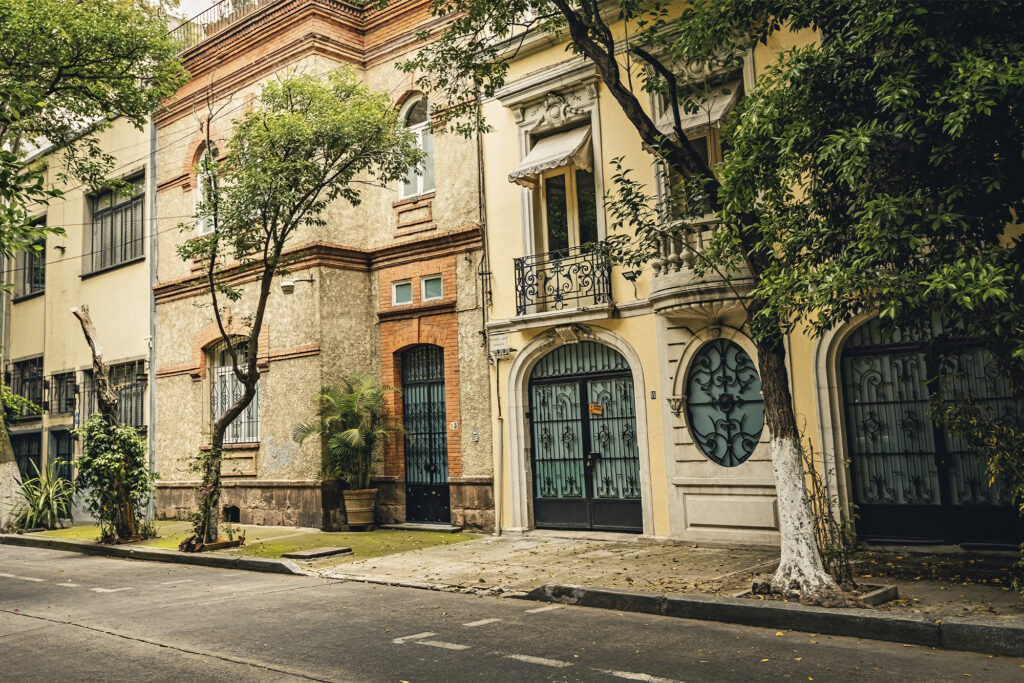
Both cities are built on bodies of water, so bugs can be a thing. Then there’s the testicular fortitude of the noisy motorcyclists insanely snaking between traffic so congested it threatens to grow roots. That is until it’s unleashed by the keenly observed traffic lights which most vehicle operators obey — probably because they don’t want to die. Trust those traffic lights’ sprinting green stickman, who achieves two paces for every receding second in what can total 50-second countdowns. Walking? Do not be on the road when that count reaches zero.
On the brighter side, also like Milan, the people are friendly when you make the first move. If the friend of a local introduces you, you’re instant family. The father of my former student insisted on dropping a fruit basket at our hotel to welcome us on our virgin CDMX visit. We hadn’t met (and we still haven’t).
Where To Stay / Where To Go
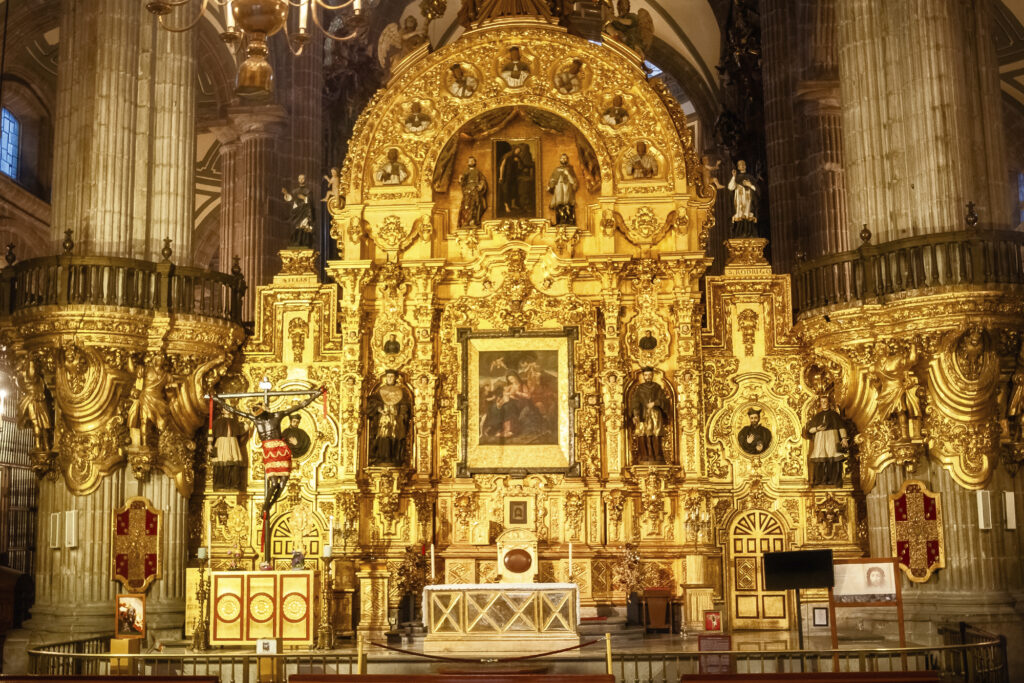
There’s so much choice, expect to be overwhelmed. Getting around can be hard so consider being central. Zócalo, the ground-zero city square, is only worth spending time in if: a) you’re crossing through it between the many central national museums; b) you love visiting churches — the Catedral Metropolitana de la Asunción is the largest in Latin America — or c) you’re a James Bond nerd. In the impossibly confusing Spectre, Daniel Craig attempts as much damage in 10 minutes there as a conquistador on his gap year. We scratched the surface of two interesting areas.
Our hotel sat on the edge of the snap-happening Roma district (yes, as in the Cuarón movie) and I thoroughly recommend the neighbourhood. You’re not at the absolute centre of town, which rolls up the carpets after the museums close; quite the opposite. If you have sensitive hearing or trouble sleeping, maybe get one those noise-canceling night-blinders that are about to invade your feed now that you’ve just read this sentence. (Thanks, Geoff Hinton!)
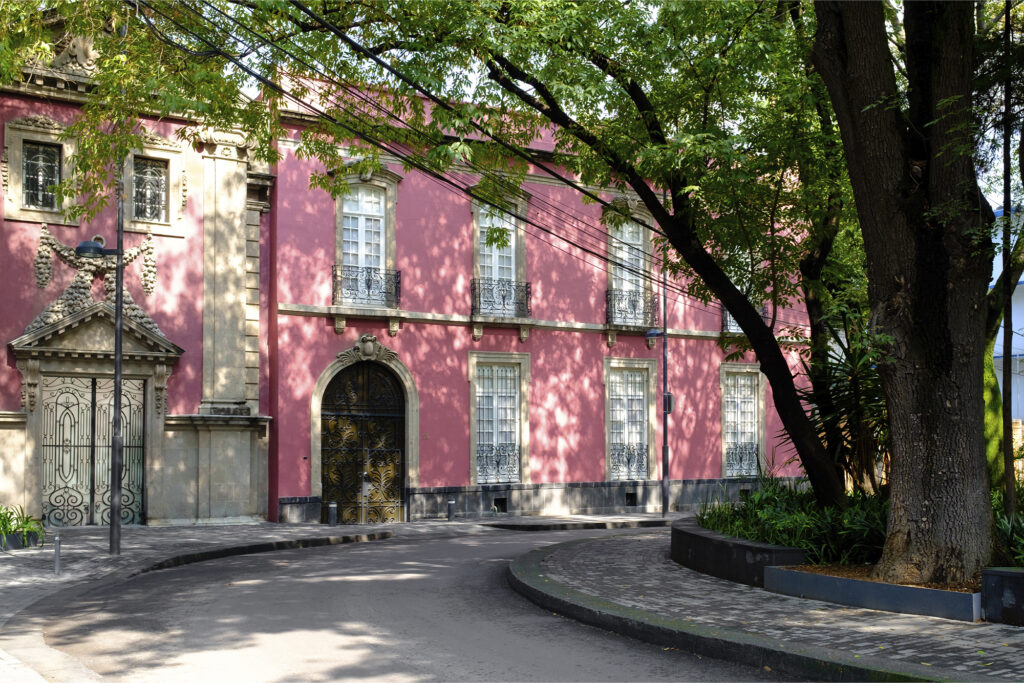
Roma’s popular with both CDMX citizens and foreign travellers, hugely so with American 30- and 40-somethings. (You could be in Brooklyn with better and cheaper street food.) Roma never sleeps. Despite the soundproofing of our hotel’s heavy glass sliding window-wall, the roar that the changing traffic lights unleash could re-deafen the ghost of Keith Moon. Side streets are only slightly quieter with all that clangour ringing down the tarmac and stone façades. Embrace the mayhem and make sure you’re tired when you go to bed.
Further southeast, Coyoacán (coyote-ville!) grows 360 degrees out around a market-square with narrow one-ways that make driving hell. So it’s slightly quieter, but no less chaotic. A suburb in Frida’s day — this is where she and Diego Rivera spent much of their lives, and their former home is now the museum that displays the Bowie boot on a prosthetic leg — Coyoacán’s many late 19th– and early 20th century streets offer a tourist-friendly bohemian vibe not unlike Navigli, Milan’s canal district.
Where to Eat: Everywhere!
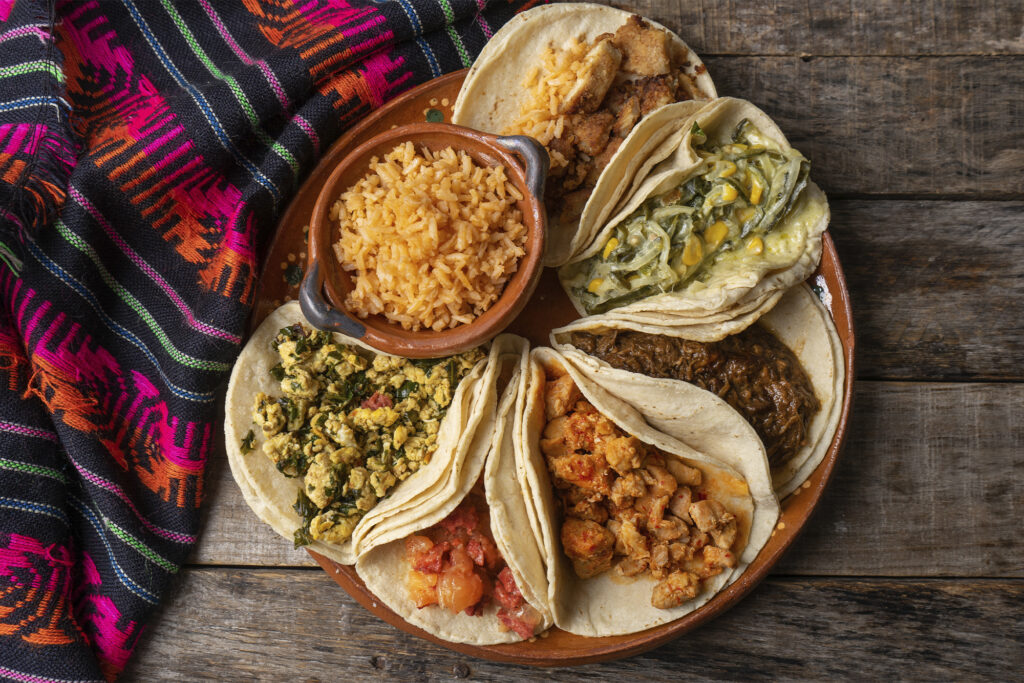
You’re probably thinking of tacos. We’ll get there. First, make time to experience a traditional family-owned cantina. Disappearing from modern Mexico, cantinas feel a bit like old school Montreal brasseries — more funky than fancy — but with far better foods than steamed hot dogs and hammerhead poutine. Choose well and you’ll be the only tourists there, so you can feel special. Overload your sense and socials to make friends envious.
And tacos? Yes! Period. As adaptable to fillings as jazz music, this humble food is Mexico’s gift to humanity. So, they can be expensive or crazy cheap.
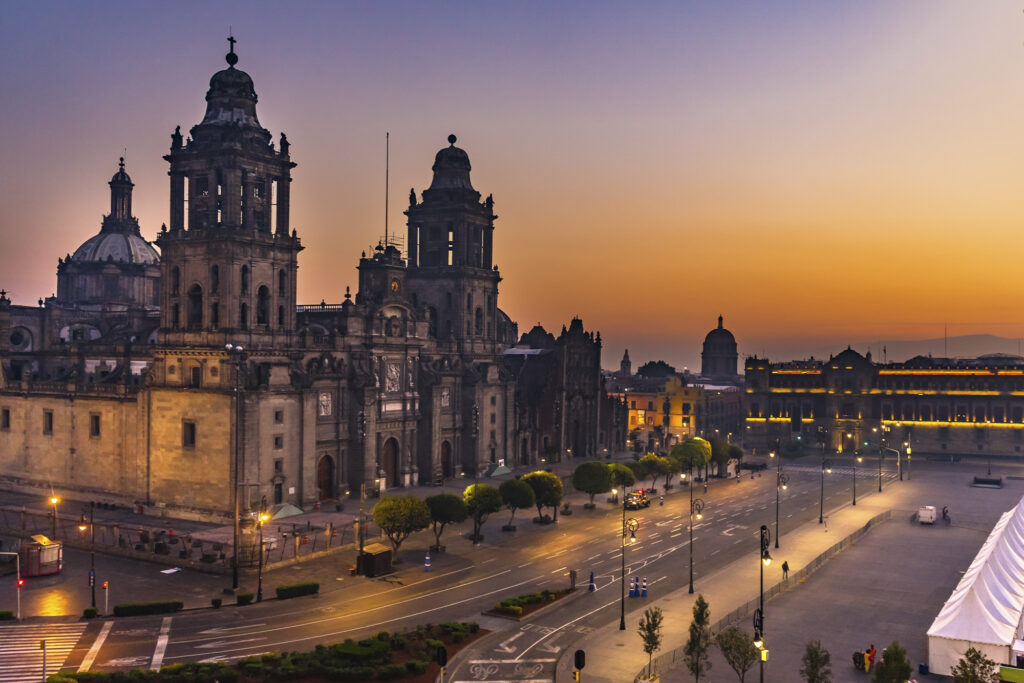
The expensive: Some of the restaurants abutting the finer hotels around Zócalo feature menus with offerings from all over Mexico, with dishes as different as New Orleans’ and Chicago’s. At one, we had flautas (it’s like a stuffed, rolled, and fried taco) whose tortillas were made from greenish corn, whose thick volcanic sauce riffed on an old Yucatan recipe, and whose protein was grasshoppers. See above re: bugs on filled-in bodies of water. When life gives you grasshoppers …
The cheap: If you have a gentle constitution, don’t avoid the street food. Instead, load up on loperamide (the generic term for Imodium) and dig in. The street vendors’ offerings are uniformly delicious and, mostly, they let you choose how much salsa you’d care to add to increase your already intense flavour bombardment. (Warning: don’t be a hero.) I would gladly eat their cornbread wrapped messes of smoked meats, fried pig remains and chopped herb combos for the rest of my life — which, as a result, would be short but blessed.
Culture: How Much Time Do You Have? It’s Not Enough.
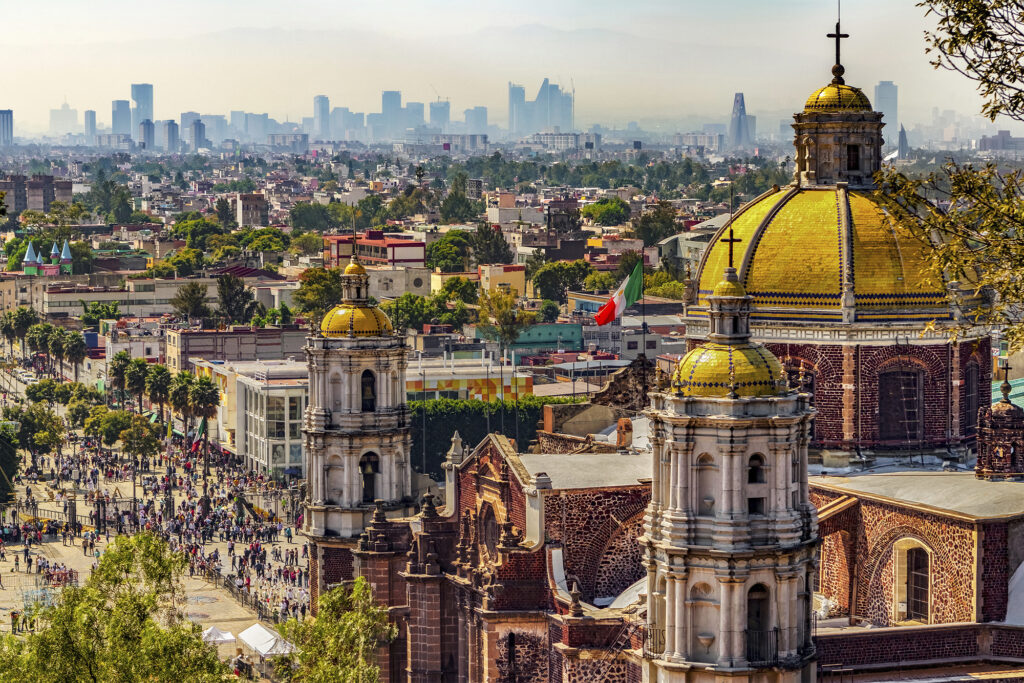
Museums, museums, street music, museums, colourful handmade traditional clothiers everywhere — and did we mention museums?
Live music abounds in the city’s square, parks and clubs. The low end: Unemployed people are given quasi-police uniforms and hurdy-gurdies which they crank for pennies. It’s weirdly cool. And even with the whiny off-tune music, the experience is far more pleasant than being begged.
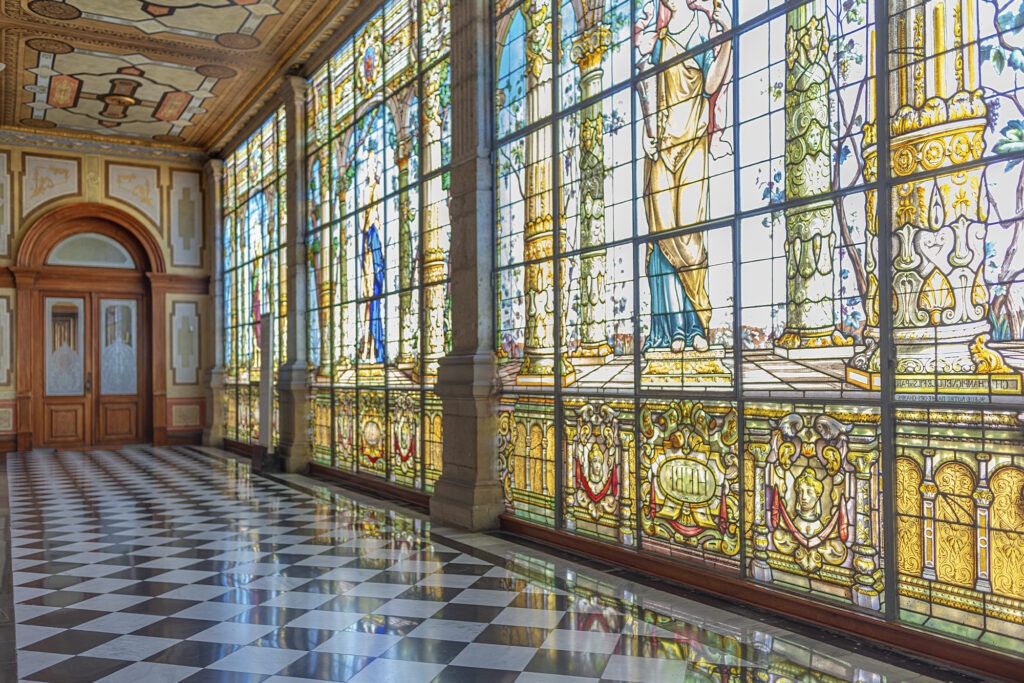
There’s plenty of local pride in traditional central Mexican folk. It’s lively, tuneful and rhythmic. In a small bar across the street from our hotel, three magnificent percussionists played along with karaoke tracks — corny yes — but sang harmonies to rival Destiny’s Child.
Whatever sounds you fancy, though, search them with ‘CDMX’. In Roma, we visited Jazzatlan which contains two floors of — yes — jazz, much of it, no surprise, Latin-influenced. Arrive early on weekends if you want to get in.
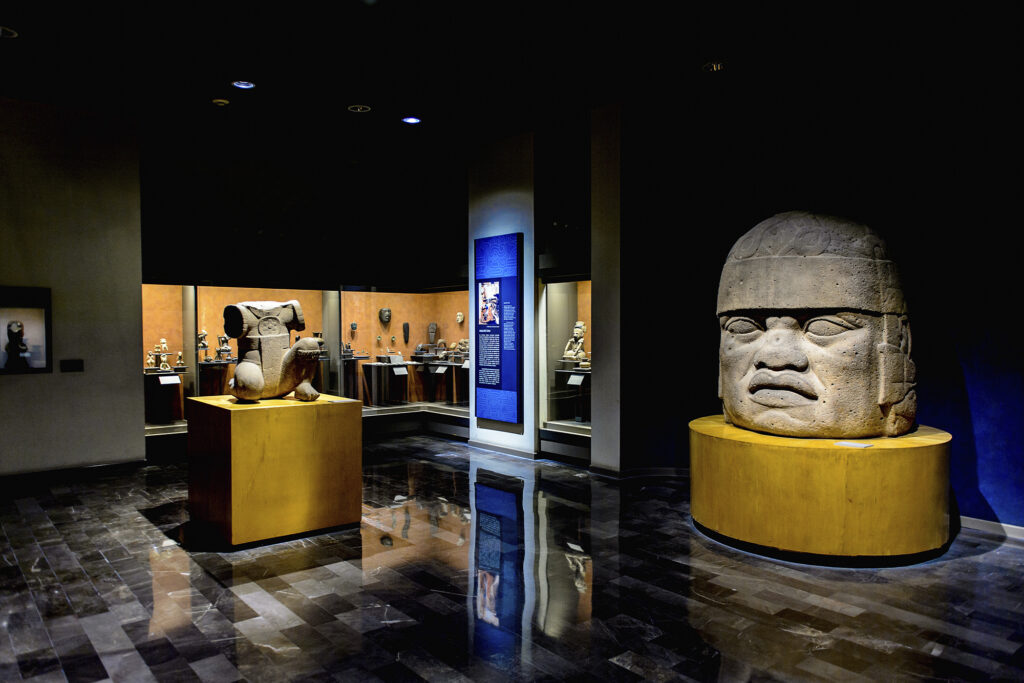
Now to the museums. What are you into? Slightly west of the centre of town, the Bosque de Chapultepec (chey-POOL-teh-PEK) park contains enough massive collections to rival Zócalo, one of our instant favourites being the Museo de Arte Moderno. Meanwhile, two national galleries in Zócalo can easily eat a day. Plan wisely.
Speaking of which, if you’re at all interested in the many pre-Columbian cultures and artefacts Mexico boasts, don’t miss the Museo Nacional de Antropologia. Speaking of which, read on.
Dabble In History? For Mind-Blowing Shrapnel, Teotihuacan Outshines Pompeii
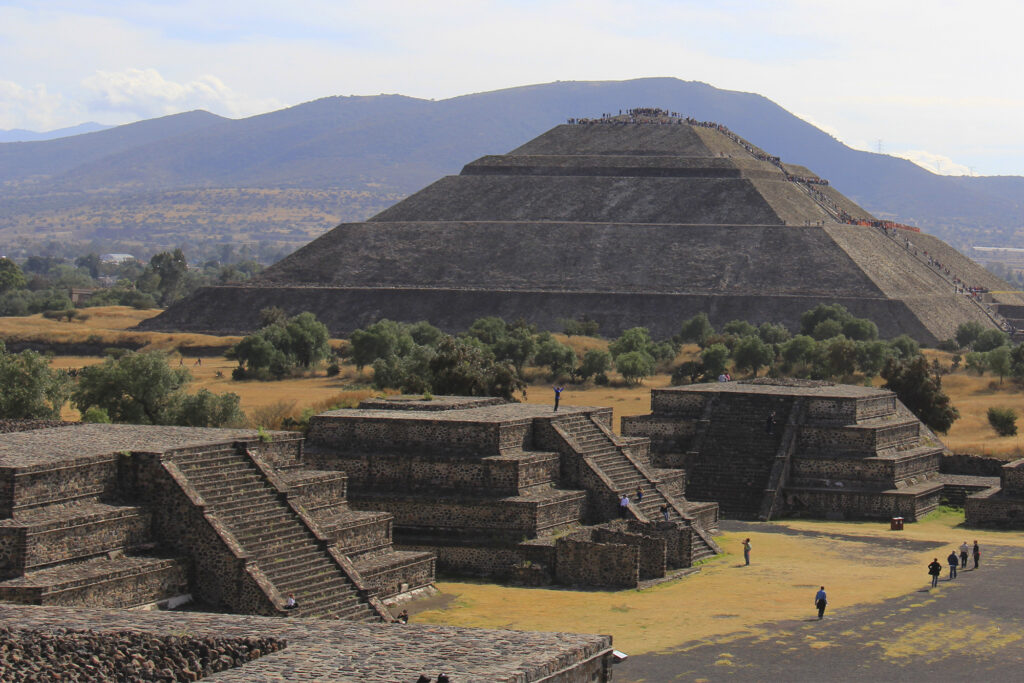
CDMX is where renowned British historian Tom Holland (no, not Spiderman, the other one) says humankind’s most important event ever took place, comparing the meeting of Cortés and Moctezuma to aliens arriving on the good ship Earth. Evidence of that culture clash and is everywhere here.
However, by the time the Aztecs (who actually called themselves Mexihkah which we’d pronounce mey-SHE-kah — hence Mexico) arrived in this area, Teotihuacan, just 50km up the road from CDMX, had been abandoned for hundreds of years. “Must’ve been built by the gods,” the Aztecs said.
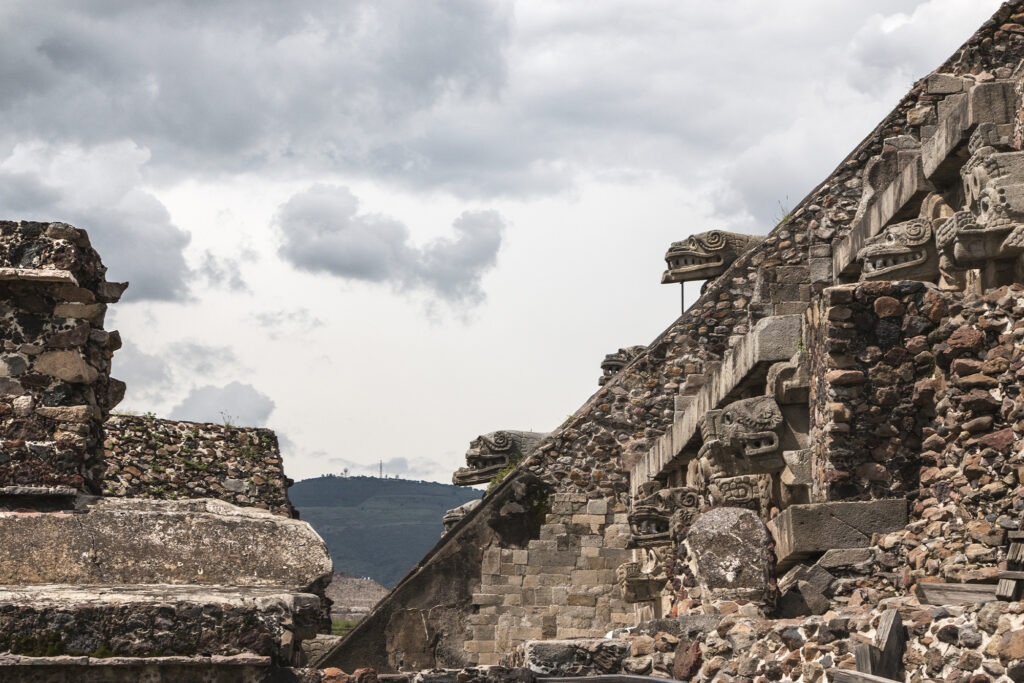
Even if you’re not an ancient history buff, it’s worth spending the better part of a day in Teotihuacan. There are rows of step pyramids flanking La Calle de los Muertos. Translated to the Street of the Dead, it bisects this former city of 200,000 which dates back the first century AD. Yes, it’s contemporary to Pompeii but even eerier because we know so little about its builders and inhabitants.
Teotihuacan contains many bigger pyramids-cum-temples. The Temple of the Sun is among the largest pre-Columbian structure in the Americas. Huge, yes, but it’s actually less mind-blowing than the Temple of Quetzalcoatl, the feathered serpent god. Its rising layers feature stacked monster heads, sculpted millennia ago, which retain the power to fuel nightmares.
That’s what turns my crank. Now, you search your favourite pastime, including CDMX, and enjoy getting lost.
